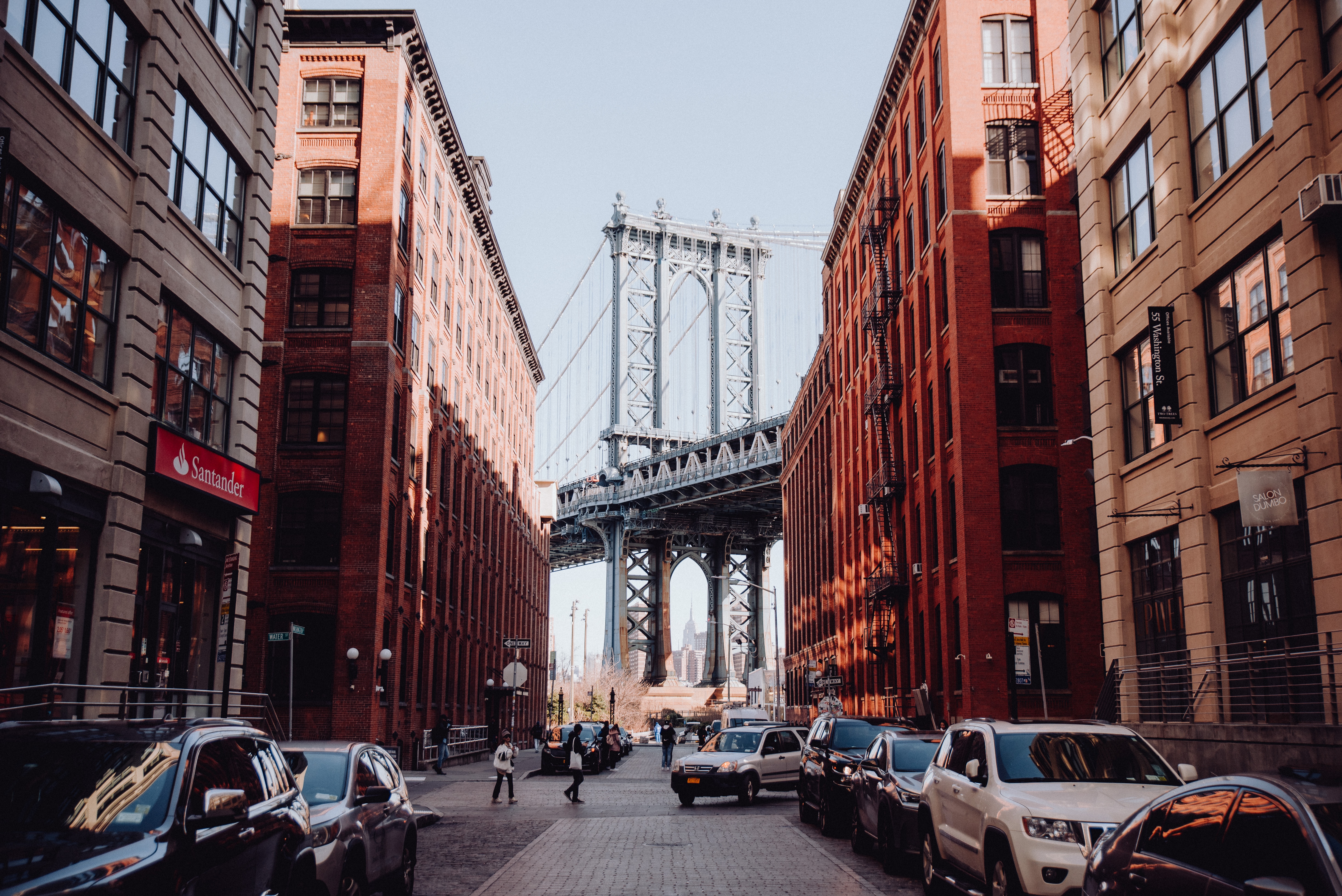When you picture Brooklyn, New York, you probably see a bustling cultural hub filled with historic brownstone buildings, a diverse crowd, delicious food, and tons of energy.
Another thing you might think about when you think of the Big Apple? The delicious drinking water! Brooklyn, along with the rest of New York City, takes heavy pride in its tap water. Engineers have even attempted “Brooklynizing” their tap water in order to replicate that delicious tap water that is supposedly the secret behind New York’s delicious bagels.
But is tap water in Brooklyn, New York safe to drink? While New York City tap water does have its fair share of delicious and high-quality tap water, there are still some potential health concerns to keep in mind before you take a swig.
TL;DR: Is tap water in Brooklyn safe to drink?
- New York City’s tap water, including the water in Brooklyn, is often ranked as among the best-quality tap water in the nation.
- The water is unfiltered but heavily monitored, which means that it adheres to all city, state, and federal standards and is legally safe to drink.
- Unfortunately, aging infrastructure and issues with disinfection byproducts can bring up questions about the safety of Brooklyn’s tap water. The safest way to drink New York’s tap water is to run it through a filtering water bottle or filtering water pitcher before you consume it.

Potential problems with the tap water quality in Brooklyn New York
The majority of New York City tap water comes from the Catskill Mountains and Hudson Valley, although a small portion of the water also comes from the nearby Croton system. Interestingly, New York is the largest unfiltered water system in the United States! Instead of manually filtering its water at the water distribution centers, the water is filtered naturally by the soil, swamps, and forests it passes through before ultimately reaching the city.
This isn’t the only accolade that the tap water in the area has earned, either. New York City tap water is often fondly referred to as the “champagne of tap waters” due to its delicious taste and relatively high quality. However, even the best water in the country can still have its share of problems, as we found by digging into the potential issues that may be linked to Brooklyn tap water.
Lead contamination
The first major issue to be on the lookout for is possible lead contamination. Lead is a neurotoxic heavy metal that was once used to build water pipes. Lead contamination is especially dangerous to children since it can cause damage to young brains even at very low levels.
Luckily, New York City banned the use of lead in water pipe construction in the middle of the 20th century. New York also treats its drinking water with sodium hydroxide, a chemical that is used to prevent the corrosion of pipes that can cause lead in existing pipes to leech into the water supply.
Unfortunately, however, lead service pipes still remain in the water distribution system. New York itself is thought to have one of the highest numbers of lead service lines in the country, and Brooklyn neighborhoods are especially at risk. An estimated 37,000 pipes in Brooklyn are made of lead. Even with the city doing its best to replace these dangerous pipes, some experts are concerned that fully replacing all of the pipes can take years to fully complete.
Disinfection byproducts
Disinfection byproducts are another common water contaminant that can be found in Brooklyn’s drinking water. Chlorine is a chemical that is used to disinfect the water supply and make it legally safe to drink, but it can also interact with other compounds to produce disinfection byproducts.
For example, trihalomethanes are byproducts that are formed when chlorine and organic compounds react with each other in the water system and are commonly seen in NY tap water. To be fair, New York’s 2021 Water Quality Report saw that total trihalomethanes (TTHM) measured at an average of 56 micrograms per liter, which is well below New York’s highest allowable level. However, some institutions like the EWG actually believe that TTHMs can pose potential health risks like cancer even at much lower levels. In other words, the TTHM levels found in New York are definitely within their legal limits, but whether or not that legal limit is actually safe is up for debate.
Haloacetic acids are another example of common disinfection byproducts formed from chlorine and other compounds. Last year, residents of Bergen Beach were notified that their drinking water exceeded standard limits for the concentration of haloacetic acid (HAA5).
PFAS/PFOA
Per- and polyfluoroalkyl substances (PFAS) are another major water quality concern that has been gaining attention, both in the Big Apple and beyond. These so-called “forever chemicals” are byproducts of manufacturing processes and are thought to be linked to negative health effects like low birth weights, liver damage, and high blood pressure.
New York’s current enforceable limit for PFAS/PFOA in drinking water is 10 parts per trillion. However, this is now more than twice as high as 4 parts per trillion, which is what the Environmental Protection Agency (EPA) currently believes should be the enforceable level. Scarily, a review has found that hundreds of thousands of New Yorkers are drinking water with PFAS/PFOA. Unsurprisingly, historic sites like Brooklyn that have been the site of manufacturing processes are especially at risk. Soil and groundwater analysis of sites in Brooklyn has yielded high levels of PFAS and other forever chemicals.
Conclusion: Is NYC tap water safe to drink?
The tap water in Brooklyn is legally safe to drink — in fact, it’s among some of the best water supplies in the nation. However, because the journey from the reservoir to your pipes is a long one, there are some inherent dangers. Most specifically, the old pipe system in many areas of Brooklyn, along with the potential of disinfection chemicals mixing with organic compounds, can present certain health dangers.
So the best way to enjoy your “champagne of tap water” is to make sure you’re filtering it first! Using a filtering water bottle like the LARQ Bottle Filtered, or a countertop solution like the LARQ Pitcher PureVis, can help filter out some of the most common contaminants like lead, PFAS/PFOA, and chlorine that can affect an otherwise delicious sip of New York’s famously delicious drinking water.
